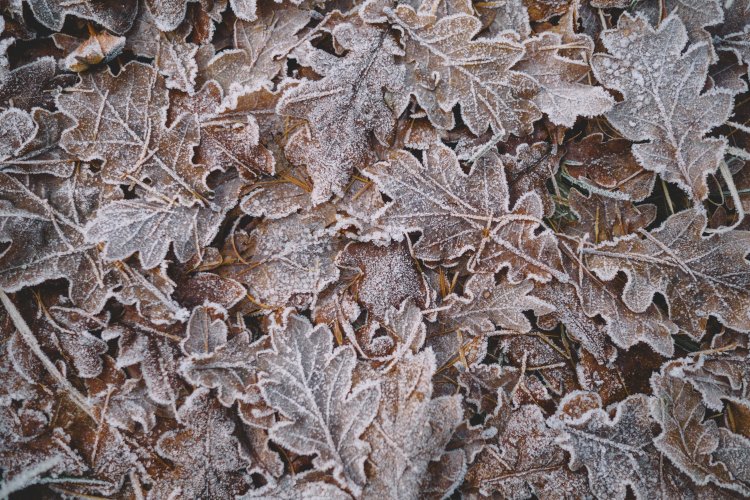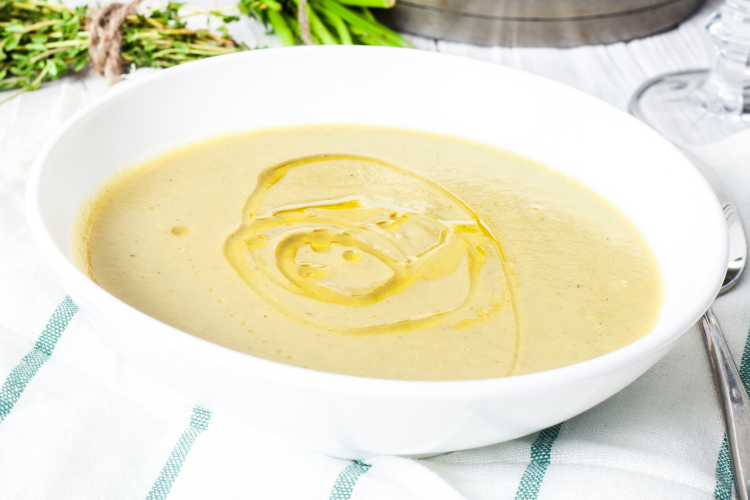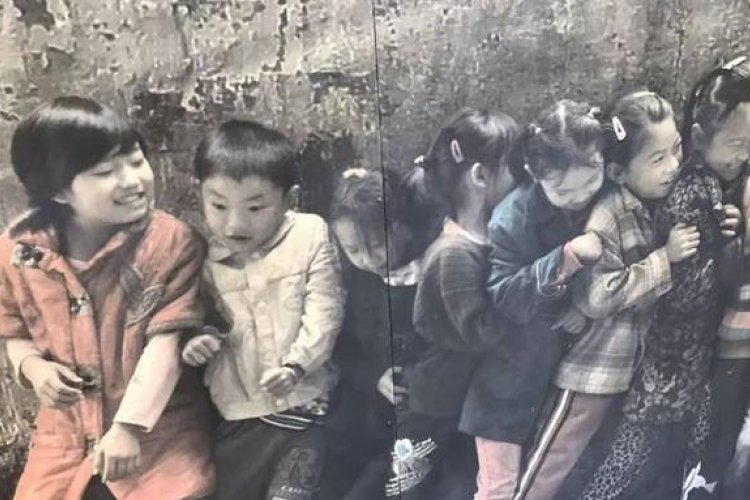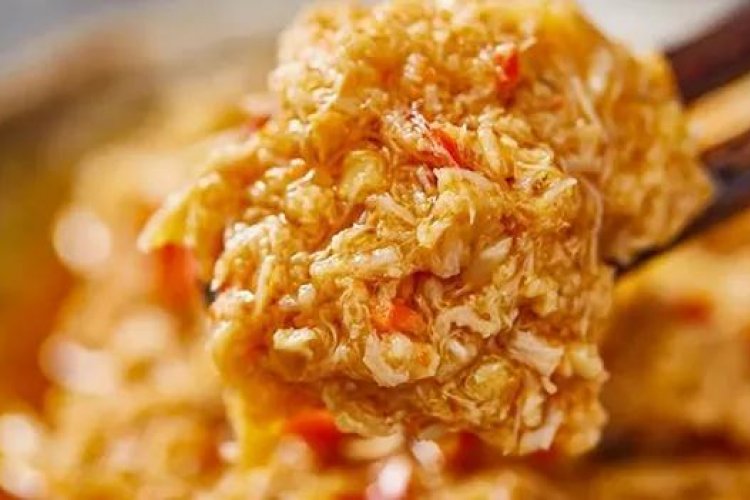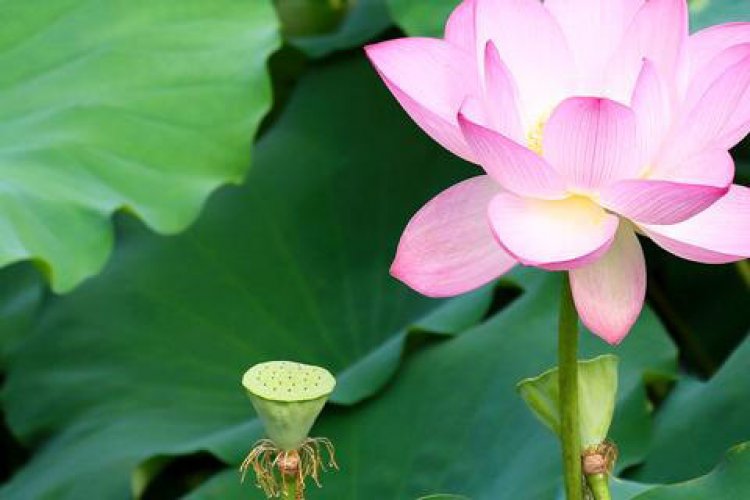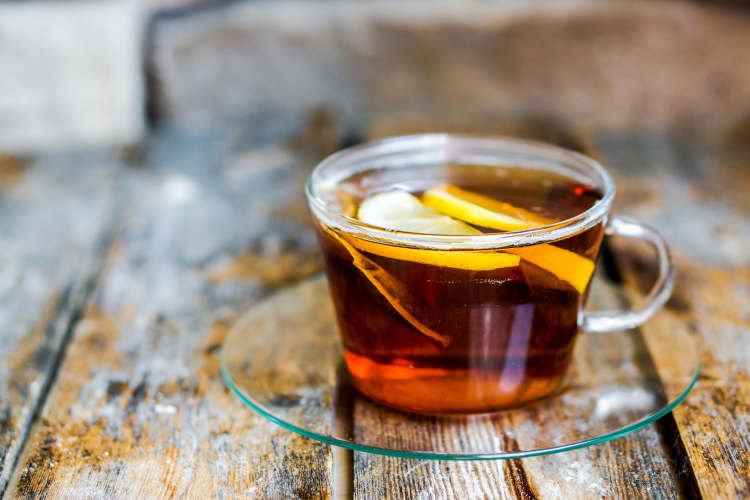Solar Terms 101: Little Snow, Little Salt, Cure the Food in the Pot
The traditional Chinese lunar calendar divides the year into 24 节气 jiéqì solar terms based on seasonal changes and natural phenomenon. They play an important role in guiding agricultural activities, even to this day. But even city-dwellers like us can enjoy them. Each solar term has its own associated customs, traditions, and even recipes. In Solar Terms 101, we delve into what makes each one special...
Name of the solar term: 小雪 xiǎoxuě lit. “Minor Snow"
Gregorian date: Nov 22 +/- a day (Nov 22, 2022)
What is xiaoxue all about?
Xiaoxue is the 20th of the 24 solar terms. During its reign, the solar longitude will reach 240 degrees which usually occurs between Nov 22-23. As its name suggests, Xiaoxue is a solar term tied with natural meteorologic changes. During the period, cold snaps and blistering winds invade China at a more frequent pace, and the air is cold enough to turn precipitation from rain to snow, or sometimes a mixture of the two. All of which is to say, the snowy season has begun. Ancient Chinese understood that the temperature of the ground hasn't yet dropped to its lowest point during xiaoxue, so the snow that falls to the ground at night will usually melt as soon as the sun reveals its shining face.
The micro-seasons of Xiaoxue
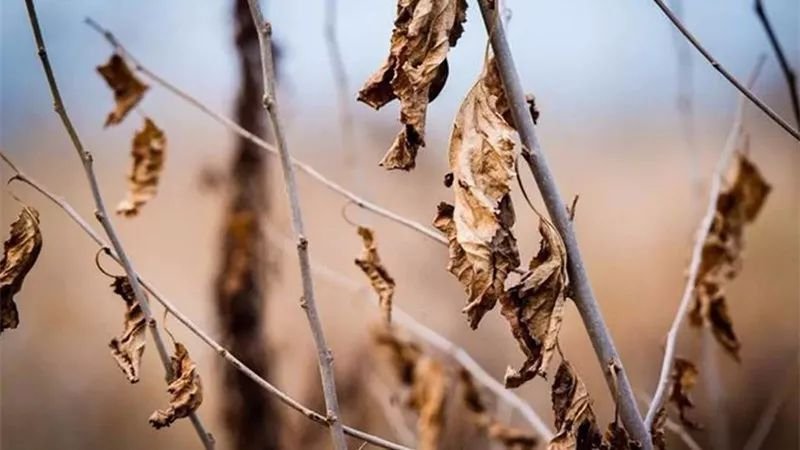
Ironically, none of the micro-seasons during xiaoxue contain any mention of snow, but rather, abstractly depict changes in nature.
The first micro-season is 虹藏不见 hóng cáng bùjiàn the vanishing of the rainbow because the air's remaining moisture is in the process of becoming snow, which can’t reflect and refract light in the same way as a raindrop. Thus, rainbows are a rare sight throughout the rest of the year.
The second micro season, 天气上升地气下降 tiānqì shàngshēng dì qì xiàjiàng the yang energy rises to the sky while the yin energy sinks to the ground shows how the energy of our world circulates in traditional Taoist ideology, which holds that the interaction between the yin and yang energy creates life, however, in winter this connection is put on pause.
That leads us to xiaoxue's final micro-season, 闭塞而成冬 bìsè ér chéng dōng the circulation of energy is cut off with the start of winter. Losing the connection of yin and yang energy to nature is like losing the engine to a car, everything slows down and goes silent.
Cured, preserved, and pickled, test your winter recipe in the natural fridge

The weather may have prevented ancient Chinese from most outdoor activities during winter, but preparing preserved food that can last long enough to support a whole family through the chillier months doubtlessly kept them busy enough. In winter, the salt and the howling cold dry wind are the best preservatives. Even for a city kid like me, I can still recall my grandma storing and marinating 雪里蕻 xuělǐhóng curled mustard in a huge jar to serve as a pickled vegetable on our dining table. Other popular vegetable choices include radish, Chinese cabbage, Zha Cai – or pickled mustard plant stem – and so on.
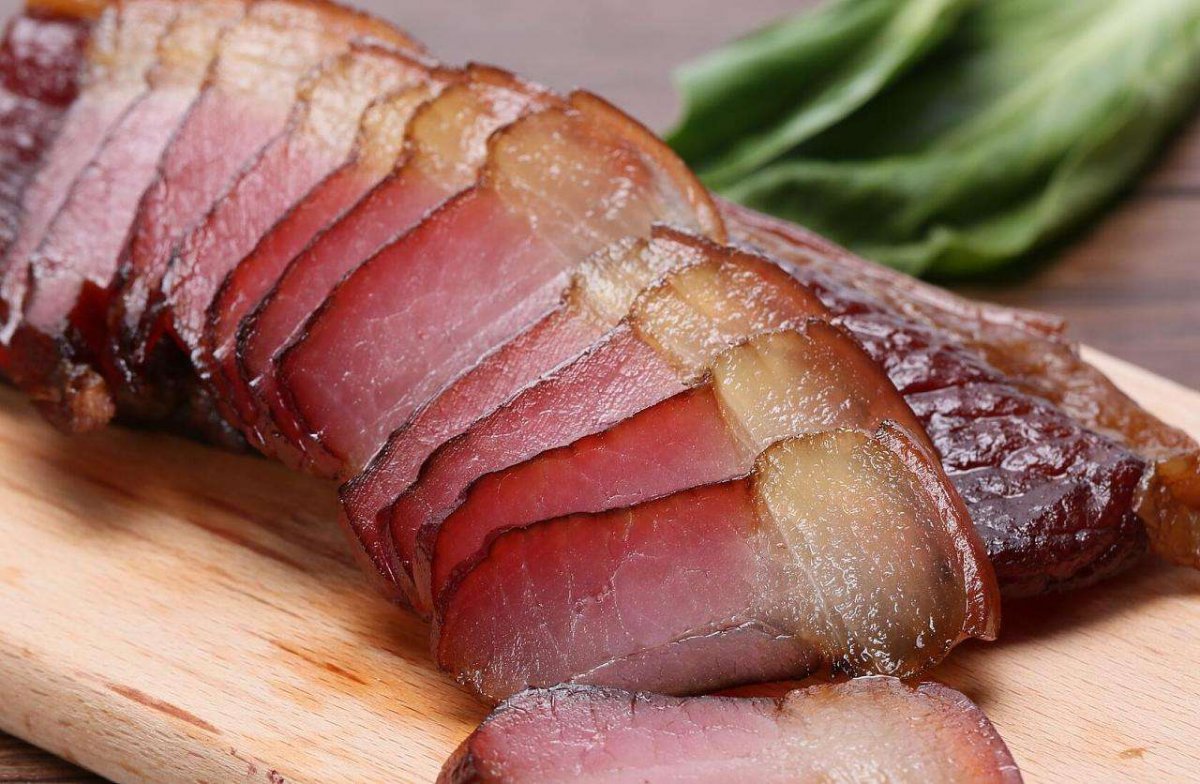
The southerners utilized their wit more on proteins and created various types of 火腿 huǒtuǐ ham, 腊肉 làròu cured meat, and 香肠 xiāngcháng sausages. To make them taste great, rubbing some salt is not enough. Rather, adding assorted spices and various smoking procedures are required to produce a genuinely palatable cured meat. If you travel further south, sun-dried fish will appear on seasonal menus in coastal areas.
And since it takes time for the flavors of preserved foods to mature and be ready for consumption, people begin preparations during xiaoxue, so that they are ready for Spring Festival feasts.
What to eat for xiaoxue
In addition to the cured foods above, there's plenty of other fresh nibbles to be enjoyed this season.

Sticky rice is a special type of rice that is usually cultivated and consumed in the southern part of China, serving as the main ingredient for 糍粑 cíbā , a traditional gooey delicacy. It used to be offered as a tribute to the God of Ox, but later became a treat for common folks as well. Eating this snack is also a fun experience, according to the old Hakka saying “糍粑碌碌烧 cíbā lùlù shāo,“ which vividly – albeit not so succinctly – translates to, "you need to pinch this sticky rice cake with the chopsticks and roll it in a plate full of sesame, peanuts, and sugar, then compare it with your friends and enjoy this sweet treat while it is still warm."
Lastly, in many regions of China, the villagers celebrate this solar term with a whole pig feast. It is a time-consuming and arduous meal to be sure, requiring several families to work together. But of course, the delicious rewards are shared by everyone who contributes their efforts, making for one hell of a winter party.
READ: Weekend Walk: Dungeons, Dragons, Warriors, and Princesses
Images: Wangjing BBS, Sohu, Dealmoon, Supermommy, CYW, Douguo


